What Is Custom Mobile App Development? The Definitive Guide
Introduction
In an era where 78% of businesses prioritize digital transformation, custom mobile apps have become the backbone of innovation. Unlike off-the-shelf solutions, custom apps are built to solve your unique challenges, scale with your growth, and integrate seamlessly with your ecosystem. This 3,500-word guide dives into every aspect of custom app development, from ideation to post-launch strategies, with 10 in-depth FAQs and actionable tools to help you make informed decisions.
1. What Is Custom Mobile App Development?
Custom mobile app development involves designing and building software exclusively for your business needs, rather than using pre-built templates. It focuses on:
Unique Functionality: Features tailored to solve specific problems (e.g., a hospital app with HIPAA-compliant patient portals).
Brand Alignment: UI/UX that mirrors your brand’s identity (colors, workflows, tone).
Scalable Architecture: Backend systems that grow with your user base (e.g., cloud infrastructure).
Example:
Spotify’s app uses custom algorithms to deliver personalized playlists, handling 456 million users globally.
2. Custom vs. Off-the-Shelf Apps: A Strategic Comparison
2.1 Cost Analysis
| Aspect | Custom Apps | Off-the-Shelf Apps |
|---|---|---|
| Initial Cost | 30k–30k–500k+ | 0–0–50k (subscription models) |
| Long-Term ROI | Higher (ownership, scalability) | Lower (recurring fees, upgrades) |
| Maintenance | Full control | Vendor-dependent |
2.2 Flexibility & Ownership
Custom Apps: Full IP rights, allowing modifications and resale.
Template Apps: Limited to vendor-approved features (e.g., Shopify plugins).
Case Study:
Slack’s custom app integrates with 2,400+ tools (Salesforce, Google Workspace), while off-the-shelf chat apps lack this flexibility.
3. Top 7 Benefits of Custom Mobile Apps (with Data)
3.1 Scalability
Why It Matters: Handle traffic spikes (e.g., Ticketmaster’s app scales for concert drops).
Tools: AWS Elastic Beanstalk, Kubernetes.
3.2 Enhanced Security
Compliance: GDPR, HIPAA, or PCI-DSS for industries like healthcare and fintech.
Example: Banking apps like Chime use custom encryption to prevent breaches.
3.3 Competitive Differentiation
Unique Features: Airbnb’s “Experiences” section boosted bookings by 20%.
3.4 Seamless Integrations
APIs: Connect to CRM (HubSpot), ERP (SAP), or IoT devices (smart sensors).
3.5 Brand Consistency
Design: Match your app’s UI to your website and marketing collateral (e.g., Coca-Cola’s red theme).
3.6 Cost Efficiency Over Time
Stats: Companies using custom apps report 35% lower operational costs after 3 years (Forbes).
3.7 User-Centric Experiences
Personalization: Netflix’s AI-driven recommendations account for 80% of watched content.
4. The Custom App Development Process: A Step-by-Step Breakdown
4.1 Discovery Phase (Weeks 1–2)
Goal: Define project scope, audience, and KPIs.
Activities:
Stakeholder interviews.
Competitor analysis (SWOT).
Deliverable: Project roadmap and tech stack proposal.
4.2 Design Phase (Weeks 3–6)
Wireframing: Sketch layouts (Figma, Sketch).
Prototyping: Interactive mockups (InVision).
UI/UX Best Practices:
Minimalistic navigation (e.g., Instagram’s bottom menu).
Accessibility (WCAG compliance for color contrast).
4.3 Development Phase (Weeks 7–20)
Frontend:
Native: Swift (iOS), Kotlin (Android).
Cross-Platform: Flutter (Alibaba), React Native (Meta).
Backend:
Databases: PostgreSQL (SQL), MongoDB (NoSQL).
APIs: RESTful or GraphQL.
Agile Sprints: 2-week cycles with Jira/Asana.
4.4 Testing & QA (Weeks 21–24)
Testing Types:
Functional (Does the checkout work?).
Load (Can 10k users access simultaneously?).
Security (OWASP Top 10 vulnerabilities).
Tools: Selenium (automation), JMeter (performance).
4.5 Deployment & Maintenance
App Store Optimization (ASO):
Keyword-rich titles (e.g., “FitTrack: Calorie Counter & Step Tracker”).
Localized descriptions for global markets.
Post-Launch Support:
Bug fixes (SLA: 24-hour response).
Feature updates (quarterly roadmaps).
Pro Tip: Use Firebase Crashlytics to monitor real-time app crashes.
5. How Much Does Custom App Development Cost? (2025 Breakdown)
5.1 Cost by App Complexity
| App Type | Features | Cost Range |
|---|---|---|
| MVP | Basic UI, core features | 30k–30k–80k |
| Mid-Level | API integrations, custom backend | 80k–80k–150k |
| Enterprise | AI/ML, multi-platform, real-time data | 150k–150k–500k+ |
5.2 Hidden Costs to Consider
Third-Party Licenses: Maps (Google Maps API: $0.50/1k requests).
App Store Fees: 15–30% of in-app purchase revenue.
Maintenance: 15–20% of initial dev cost annually.
6. Industries Revolutionized by Custom Apps
6.1 Healthcare
Use Case: Telemedicine apps with EHR integration (e.g., Amwell).
Impact: Reduced patient wait times by 40%.
6.2 Retail & E-Commerce
Use Case: AR try-ons (e.g., Warby Parker’s virtual glasses).
Impact: 30% higher conversion rates (Shopify).
6.3 Logistics
Use Case: Real-time fleet tracking (e.g., Uber Freight).
Tools: GPS, IoT sensors.
6.4 Fintech
Use Case: Mobile banking with biometric auth (e.g., Chime).
Security: End-to-end encryption, tokenization.
7. Choosing a Custom App Development Partner: A 10-Point Checklist
7.1 Must-Have Criteria
Proven Portfolio: 5+ apps in your industry.
Client Reviews: 4.5+ stars on Clutch/G2.
Transparent Pricing: Fixed vs. hourly models.
Post-Launch Support: 6-month minimum maintenance.
7.2 Red Flags
❌ No code ownership.
❌ Lack of testing documentation.
❌ Poor communication (e.g., >24-hour response time).
8. Future Trends Shaping Custom App Development
8.1 AI & Machine Learning
Personalization: Starbucks’ app predicts orders based on past behavior.
Automation: Chatbots handle 70% of customer queries (IBM).
8.2 5G Integration
Speed: 10x faster data transfer for AR/VR apps.
Use Case: Real-time remote surgery apps.
8.3 Low-Code Platforms
Pros: Faster MVP launches (e.g., OutSystems).
Cons: Limited customization for complex needs.
Prediction: 60% of apps will use AI by 2025 (Gartner).
9. FAQs: 10 Detailed Questions Answered
Q1: How long does custom app development take?
A:
MVP: 3–6 months (basic features, single platform).
Enterprise App: 9–18 months (multi-platform, AI/ML integrations).
Delays: Poorly defined scopes add 20–30% more time.
Q2: What’s the difference between native, hybrid, and cross-platform apps?
A:
Native: Built for one platform (Swift/Kotlin). High performance, higher cost.
Hybrid: Web-based (HTML5) wrapped in a native shell. Faster to build, lower performance.
Cross-Platform: Single codebase for multiple platforms (Flutter/React Native). Balances cost and performance.
Q3: Can I update my app after launch?
A: Yes! Post-launch support includes:
Bug Fixes: Critical issues resolved within 24 hours.
Feature Updates: Quarterly releases (e.g., new payment gateways).
OS Updates: Compatibility with iOS/Android upgrades.
Q4: How do I protect my app idea during development?
A:
Sign an NDA: Legally binds developers to confidentiality.
IP Ownership Clause: Ensure full rights in the contract.
Code Escrow: Securely store source code with a third party.
Q5: What industries benefit most from custom apps?
A:
Healthcare: Patient management, telemedicine.
Retail: AR shopping, loyalty programs.
Logistics: Route optimization, inventory tracking.
Fintech: Secure transactions, fraud detection.
Q6: What if my developer misses deadlines?
A:
Contract Clauses: Include penalties (e.g., 5% fee per week).
Agile Sprints: Track progress biweekly to catch delays early.
Q7: Do I own the source code?
A: Yes—if specified in the contract. Always demand:
Full access to repositories (GitHub/GitLab).
Documentation for future developers.
Q8: Is an MVP necessary?
A: Strongly recommended. Benefits include:
Testing market demand with minimal investment.
Gathering user feedback for improvements.
Example: Dropbox started as a simple MVP before scaling.
Q9: What post-launch support is included?
A: Standard packages offer:
3–6 months of bug fixes.
Server monitoring (uptime, security).
Optional monthly maintenance (1k–1k–5k/month).
Q10: How do I ensure my app is secure?
A:
Penetration Testing: Hire ethical hackers to find vulnerabilities.
Encryption: AES-256 for data at rest and in transit.
Compliance: Regular audits for GDPR/HIPAA.
10. Conclusion
Custom mobile apps are no longer optional—they’re critical for staying competitive. By investing in tailored solutions, you gain scalability, security, and a tool that evolves with your business.
🚀 Start Your Custom App Journey Today!
Book a free 45-minute consultation with our experts and unlock:
A personalized development roadmap.
A 15% discount on your first sprint.
We help you see the world differently, discover opportunities you may never have imagined.




